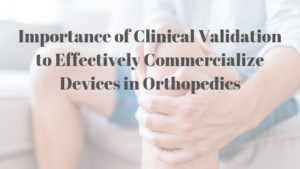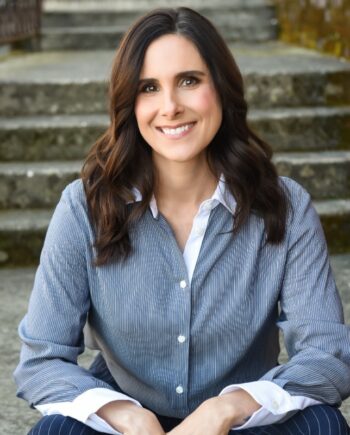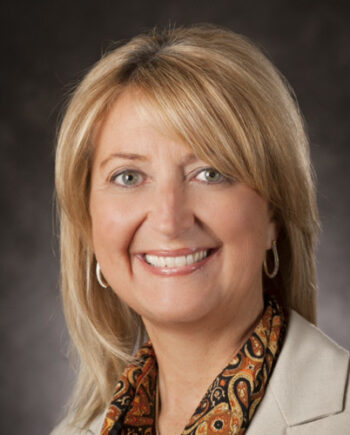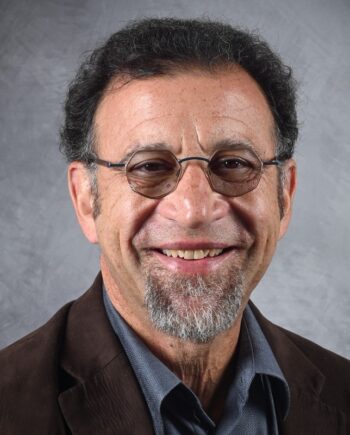
Many of our country’s medical product innovation comes from the efforts of industry leaders and health professionals who have worked tirelessly to improve outcomes and workflow for physicians.
According to a recent research report by Global Market Insights Inc, “The Orthopedic Devices Market size was valued at USD $42.7 billion in 2018 and is expected to witness approximately 3.7% CAGR from 2019 to 2025.” The rising geriatric population and increasing incidence of sports injuries are expected to boost market demand. Additionally, the increasing prevalence of diabetes and obesity, sedentary lifestyle, poor diet intake and rising trend of smoking and alcohol consumption are expected to fuel the market growth.
While the need for orthopedic devices is growing, commercialization is a long term and difficult task.
Even add-on technology that augments a procedure such as a total hip or knee arthroplasty can be very difficult to commercialize, especially if there is no reimbursement pathway to support its use.
In our latest podcast, Ivan Delevic, CEO of OrthoSensor, shares his thoughts regarding the commercialization of devices in the orthopedic market. He says, “It is very difficult to have these add-on technologies included with the reimbursements, especially if you have a device that is augmenting a procedure.”
This is a huge challenge because medical device commercialization in the orthopedic device market can be complex and time-consuming. It is not for those seeking quick returns nor is it for the faint of heart.
There are five steps to medical device commercialization. This process includes classifying your device, identifying the correct premarket submission, preparing the premarket submission, submitting to the FDA, and establishing registration and device listing. All these processes take time yet this is only the approval process. Beyond that, innovators and device makers must think through their validation and reimbursement strategy thoughtfully.
Aside from the reimbursement challenge, clinical validation takes a long time. Delevic continues, ” It’s on us, the company, to prove the clinical and economic benefits of OrthoSensor’s sensor-assisted technology VERASENSE. In orthopedics, that process takes a long time. The recovery is long. The data acquisition and the follow-ups to these studies are also lengthy.”
Delevic, who has played a pivotal role in MAKO Surgical and its acquisition by Stryker said that in OrthoSensor’s case with VERASENSE, it took about 45 studies and six years, starting from the initial studies.
“Orthopedics is a conservative industry because everything that you put in the patient’s body has to function for a long time. So the decisions you are making, you are making them for a long time, and the orthopedic surgeons rightfully say we don’t want to take too many risks. As you know, with all the things like metal on metal, implant delamination, there has been a lot of things that looked very promising early on in orthopedics that just turned to be disasters later.”
“I think that the medical community wants to have that evidence established, and we accept that. It’s tough for a small company to get the investment to be able to sustain that in building a company, but we hope that the value we are building through evidence is going to ultimately be proven.”
I found one of their devices to be brilliantly designed. OrthoSensor has designed a device that helps make knee replacements even more safe and reproducible. Through the application of sensors implanted in a knee trial spacer, they are able to quantifiably manage soft tissues of the knee, ensuring reproducible and better outcomes in knee surgery. The device works extremely well. With great results, they have been on a long journey to prove it through research and peer-reviewed studies. Delevic is bullish on the future of knee surgery with the device and so are the many surgeons already using it.
“We see ourselves as a company that is in the business of quantifying orthopedics by the use of sensors. In order to quantify decisions, you need to support these through data analytics and help the surgeons decide what information is important and how do they best use it. So the data analytics and the aggregation and automation of data collection and segregation are very significant.”
Conventionally, orthopedic surgeons focus on bone alignment during surgery but Dr. Martin Roche (Founder and Chief Medical Officer of Orthosensor Inc.) realized early on the importance of soft tissue alignment in order to close the loop of surgical decision making during total knee implant surgery.
“When Dr. Roche came up with VERASENSE, people were laughing and saying why do I need to balance the knees with a device? They believed they were already accurate. Now when we go to conferences, balancing is becoming one of the main discussions in the next phase of improving knee outcomes.“
Delevic acknowledges that the revision rates have gone down, but also said that 15-20% of patients are not happy with the results of their knee surgery today. That is basically 1 out of every 5 patients that get a knee replacement is not happy. That’s not acceptable in my eyes and I’m sure you would agree we need to improve.
The good news is that with VERASENSE, patient satisfaction can be improved with a properly balanced knee. He also said that the company applied the same technology in the shoulder and hip surgery and has collaborated with an implant company and they are expecting to launch the products pretty soon.
OrthoSensor is no longer just a medical device company. They have taken their clinical validations, success, and learnings to create a more broadly impactful suite of tools for surgeons. They have become a medical-device data-based service company, and we can look forward to more patient-intuitive orthopedic devices in the years to come from them. Of course, one must look in the rear-view mirror of their history and see a long trail of clinical validation that has laid the foundation for success for them. Let us take a note from Delevic’s book and not forget the importance of building a plan and supporting structures to support clinical validation as part of the innovation and commercialization cycle.
According to the 2020 Centers for Disease Control and Prevention report, roughly 34.2 million Americans have diabetes,...
Read MoreAs a farmer, Rod was used to long days. He worked 18 hours a day, 7 days...
Read MoreWith investors receiving hundreds of pitch decks every year, how do you create a compelling presentation that...
Read More
Brittany Busse Co-Founder, President, and Chief Medical Officer at
ViTelHealth


Stephen Thorne Founder and CEO at
Pacific Dental Services

Keith Carlson Nurse Career Coach